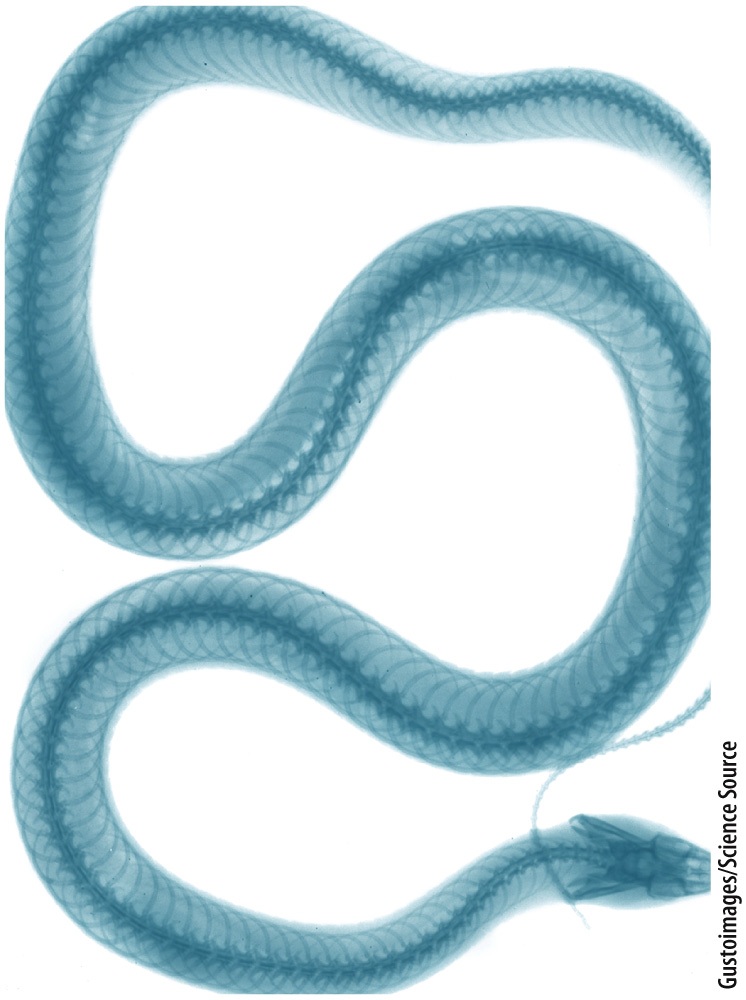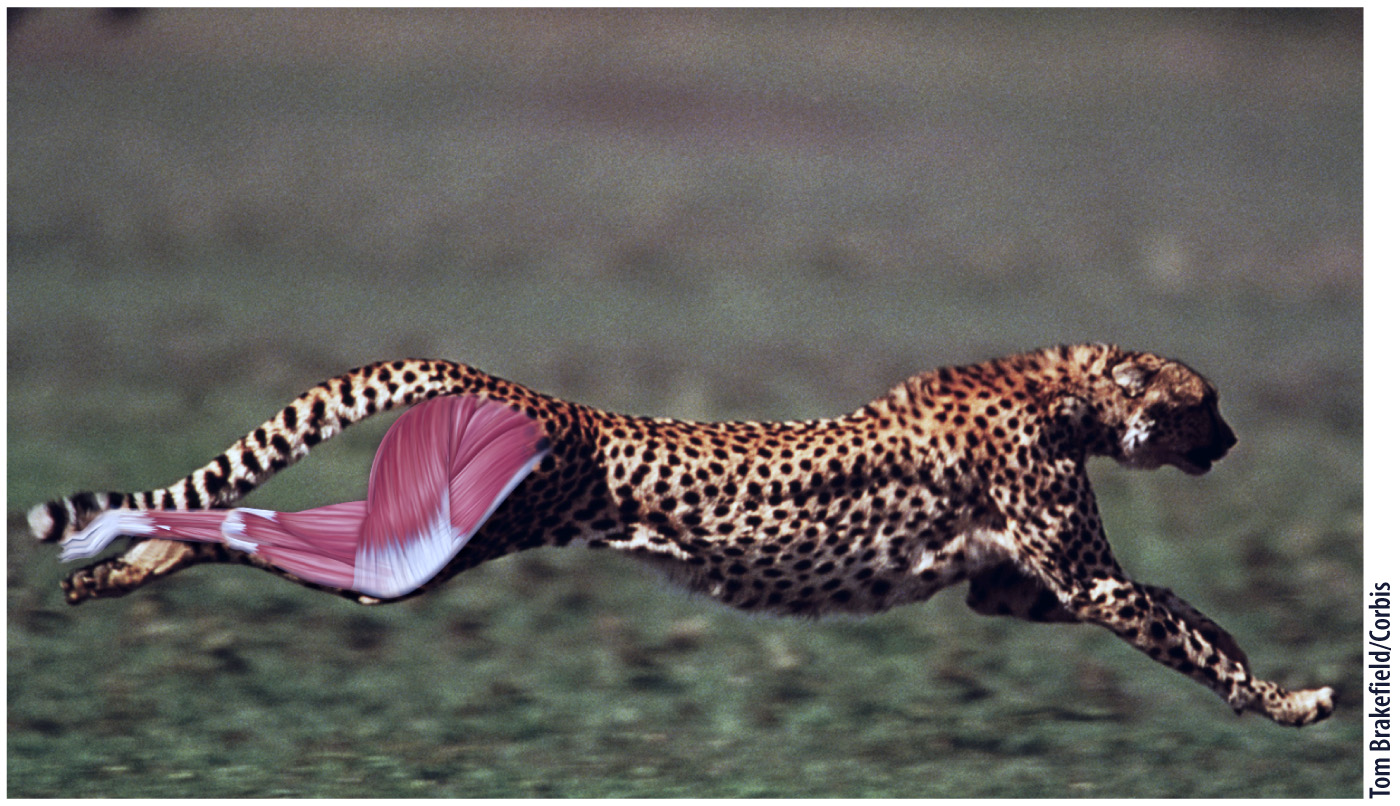Chapter 37 Introduction
CHAPTER 37
Animal Movement
Muscles and Skeletons

Core Concepts
- Muscles are biological motors composed of actin and myosin that generate force and produce movement for support, locomotion, and control of internal physiological functionsl.
- The force generated by muscle depends on muscle size, degree of actin–myosin overlap, shortening velocity, and stimulation rate.
- Hydrostatic skeletons, exoskeletons, and endoskeletons provide animals with mechanical support and protection
- Vertebrate endoskeletons allow for growth and repair and transmit muscle forces across joints.
The ability to move is a defining feature of animal life, allowing animals to explore new environments and avoid inhospitable ones, escape predators, mate, feed, and play. An animal’s motor and nervous systems (Chapters 35 and 36) work together to enable it to sense and respond to its environment. How are movements produced, and how are they controlled? What determines an athlete’s performance? How do muscles and the skeleton work together to provide movement and support? And how do muscles convert the chemical energy of ATP into force and movement during a contraction? This chapter explores the organization and function of the muscles and skeletons that power the movements of larger multicellular animals and provide mechanical support of their bodies (Fig. 37.1).
